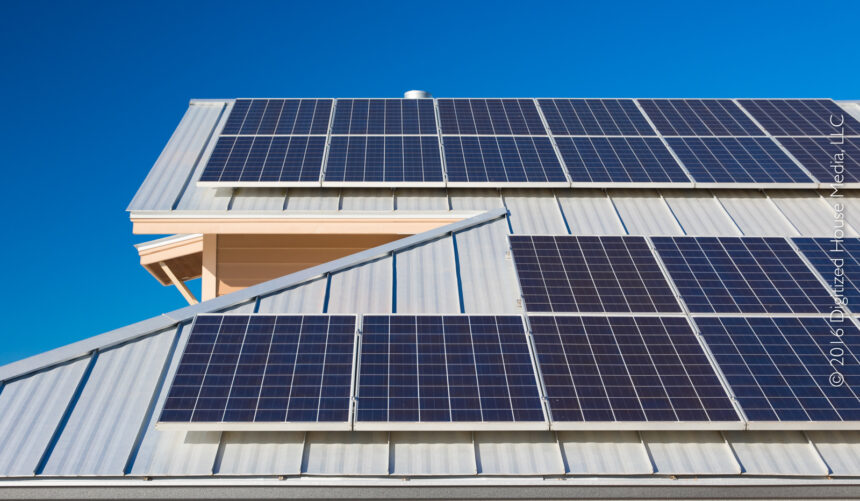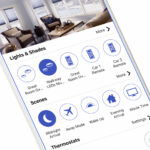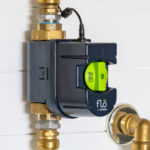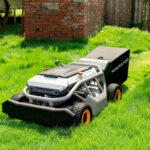High-performance home building is a carefully orchestrated symphony of site selection, architectural design, component selection, and construction prowess. Having any single element of this quartet out of tune with its fellow housing members can ultimately lead to less-than-optimum performance, which can manifest itself in the form of homeowner discomfort, higher energy and resource consumption, increased maintenance, and a host of other notable issues. That’s why we urge those seeking to build one of these green and sustainable dwellings from the ground up to consult along the way with qualified professionals skilled in green building practices.
With this vignette of a successful high-performance green dwelling, our vantage point is the roof of an Austin, Texas, area home that has proven to deliver on its zero-energy design mantra. In each of these short reads from across the green building spectrum, we will scratch the surface on some of the design decisions and details that can contribute—on perfect key—to green housing harmony.
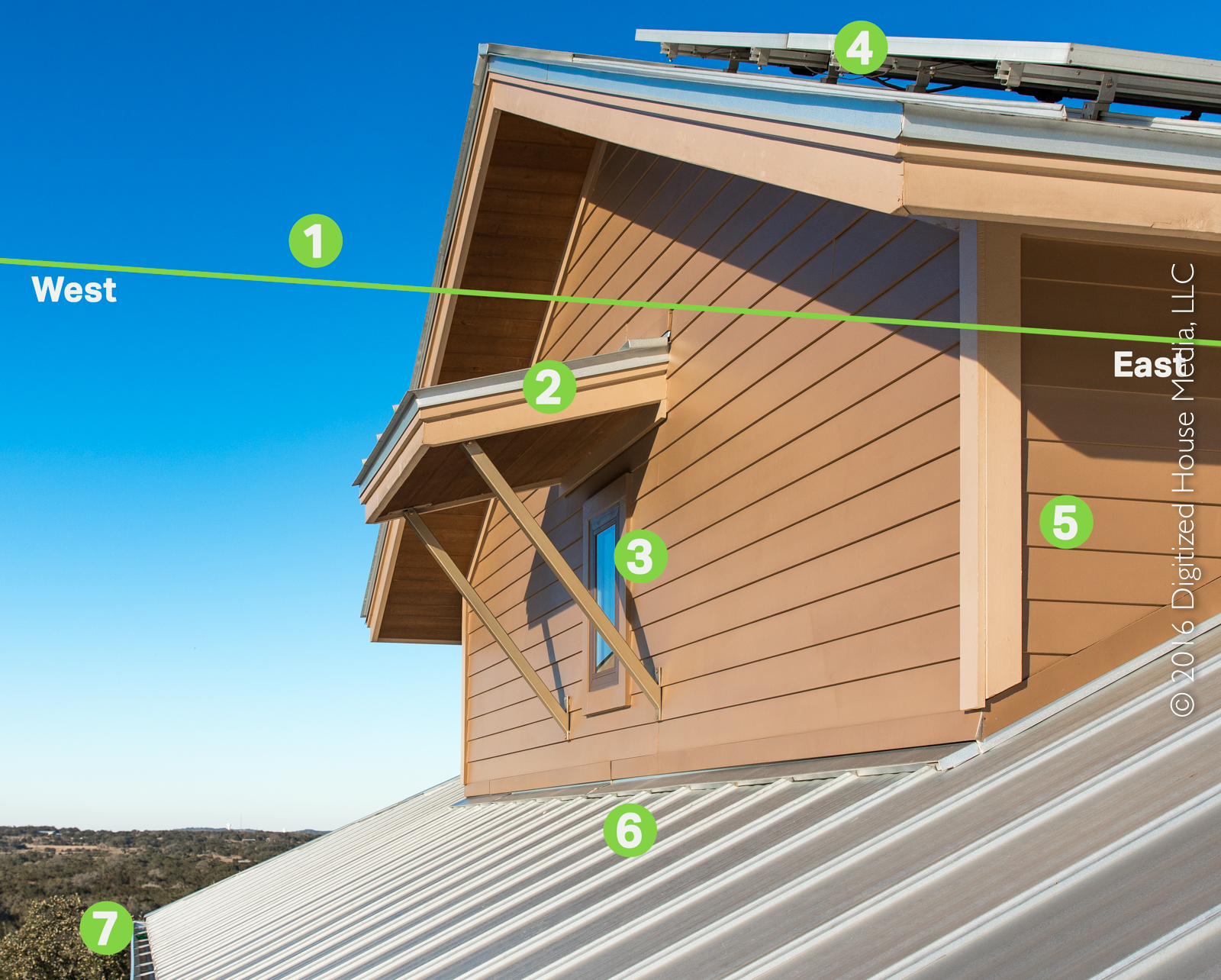
Notable components and design characteristics visible from this rooftop:
- East-west orientation: Derived directly from Green Building 101, the decision to orient the longest axis of this home along an imaginary east-to-west line was a crucial factor toward maximizing its high-performance capabilities. This orientation embraces passive solar design practices, enabling a degree of passive heating through south-facing windows in the winter, while carefully-designed awnings and overhangs shade the same windows during the often-extreme Central Texas summer heat to reduce cooling loads. The architect for this project—Donovan Davis from the Austin architectural firm of Danze & Davis Architects—also took advantage of the micro-climate on the site to enable natural cross-ventilation: Prevailing breezes from the south and southwest are employed to passively cool the home by simply opening windows on the north and south walls.
- Awnings and overhangs: On this west-facing wall surface (as well as on all other windows on the south and west faces), a carefully designed window awning provides needed shading in summers to reduce heat gain, while facilitating passive solar heating during winters. These awnings were constructed to mimic the design of the roof surfaces, and are bolstered by custom-designed metal cantilevered support brackets.
- High-performance windows: Andersen 100 Series windows were used here as well as throughout the home. The frames in these budget-friendly, low-maintenance windows are made from Andersen’s Fibrex material, a composite manufactured from a blend of reclaimed wood fiber and thermoplastic polymer that never needs to be painted. The glass panels were upgraded to the Andersen high-performance SmartSun glass—a dual-pane, argon-gas-filled glazing product that filters out 95% of ultraviolet rays and reduces heat gain.
- Solar photovoltaic system: The 7.75-kWh grid-tied rooftop solar system, which is arranged in 3 separate arrays, is rack-mounted to the standing seams of the Galvalume metal roof surfaces. The system was assembled using photovoltaic panels from Trina Solar and microinverters from Enphase Energy. The east-west orientation enables adequate south-facing roof surfaces for 2 of the 3 arrays, while the third array resides on a west-facing roof surface. Designed and installed by the home’s builder, Native, the solar system was sized to achieve a zero-energy posture and is connected to the electrical utility through an inverse-metering agreement. The Web-enabled Enphase Enlighten system facilitates remote management and performance health monitoring of the solar installation.
- Fiber cement siding: Tough cementitious HardiPlank lap siding from JamesHardie was used on all upper wall surfaces, and this product holds its paint extremely well to reduce maintenance, even in the brutal Texas summers. The smooth-surface HardiPlank version was selected for this home, and varying widths were used to add architectural interest.
- Metal roofing: Standing-seam Galvalume metal roofing panels with a striated profile were installed on all roof and awning surfaces. In addition to proven longevity, this unpainted, naturally-finished metal surface material works perfectly with the rainwater harvesting system.
- High-capacity rain gutters: Formed from the same Galvalume metal material as the roofing panels, these 6-inch-deep gutters provide extra rain harvesting capacity during Texas rainstorms, which can often be intense. This home uses rainwater harvesting for 100% of its water needs.

